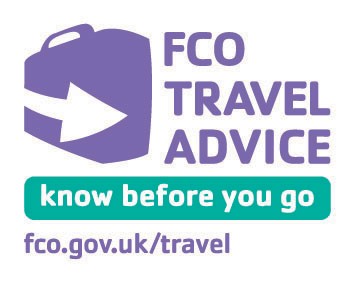Flying a float plane may not be as difficult as you think. With a few flight training sessions at a flight school near you, you may be living your dream quicker than you realize.
What Kind of License is Needed in Canada?
Once you have your Private Pilot License, all you’d require is an additional rating certificate to be permitted to fly a float plane. In order to fly a seaplane, the pilot must finish a minimum of an additional 7 hours of float plane flight training, which include at least 5 hours of training with your Flight Instructor and at least 5 take-offs and 5 landings as a solo pilot of the airplane. If you are flying a 2-crew aircraft, you will then need to have the 5 take-offs and landings as the Pilot-in-Command of the aircraft.
What Kind of License is Needed in the United States?
If you want to get your Airplane – Single Engine Seaplane (ASES) rating, you will need approximately 6-10 hours of pilot training with your Flight Instructor regarding the matter of taxiing and sailing, docking, mooring and also beaching. You will also need to be trained in take-offs and landings with various weather and water conditions including normal, glassy, rough and crosswind variations. Emergency operations are important and will need to be studied. Lastly, a successful completion of a flight check examination with an FAA approved Designated Pilot Examiner. (D.P.E.)
What are the Benefits to Flying a Float Plane?
The first and main advantage is: accessibility. There are many landing stripes for pilots to use, but there are even more water locations for seaplane pilots! Think about it: The rough and wild of practically any location can act as your landing spot. Buy that remote cottage and have access to your own private dock.
The other benefit to flying a float plane is regarding the ease of being able to almost always take-off or land directly into the wind. Since you are not limited to a runway, you can use the water surface benefits which mean an easier landing and a quicker take-off.
What is the Downside?
Well, water has a lot of drag and friction… and being water, it means your runway is almost constantly moving. That adds some complications.
The other downside is the added cost of a float plane. When you think of the costs and actually put them down on paper, you note that you could actually purchase a land plane AND a brand new Mercedes for the same cost of a seaplane. This means you could actually buy that brand new Mercedes and leave it at the airport and use it to drive to your cottage as a cheaper option than buying a float plane.
What are the costs?
The upside is that float plane costs have dropped considerably in the last few years. The best advice is to sit back and see what comes up on the market. The current trend seems to indicate that the longer you wait, the lower the price will be.
Take Action
The best thing you can do right now is to just commit to getting out there and taking a practice flight on a float plane. A good flight instructor will give you some great opportunities to see what the world could look like if you were a part of the float plane club. If you think being a Float Plane Pilot may be exciting, I assure you that it is… and probably far more than you think! Check out a flight school in your area for more information.

